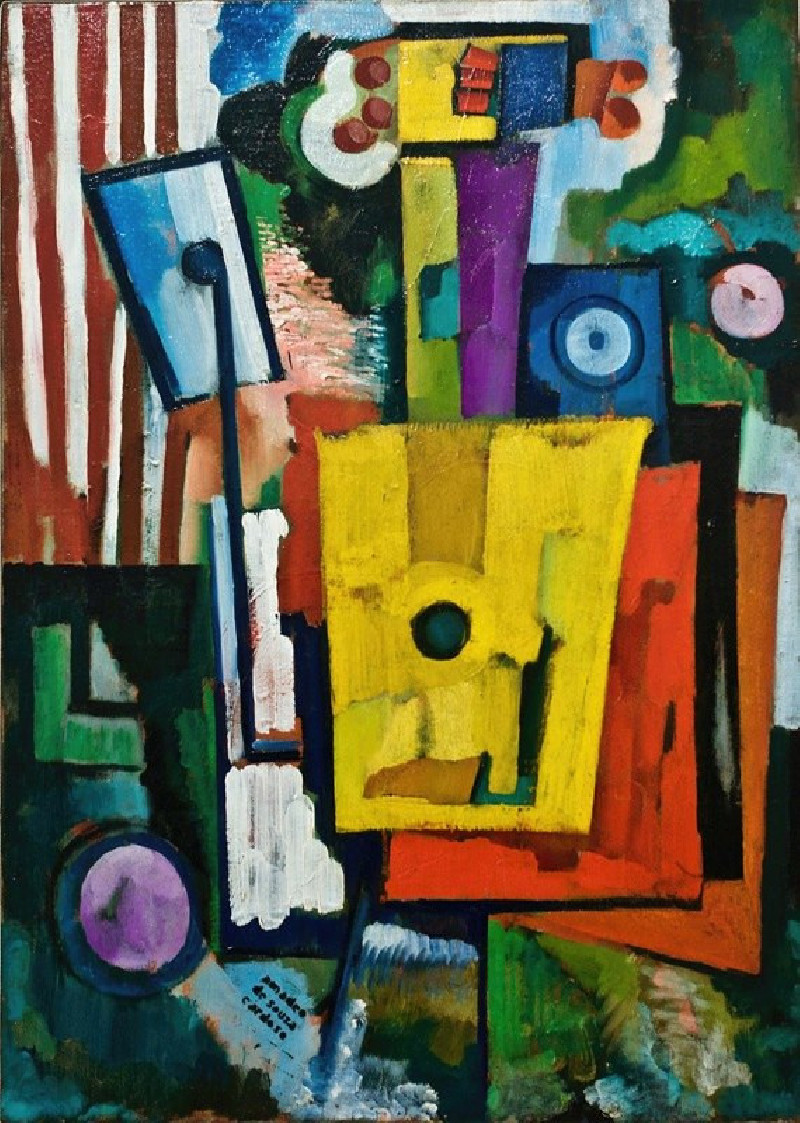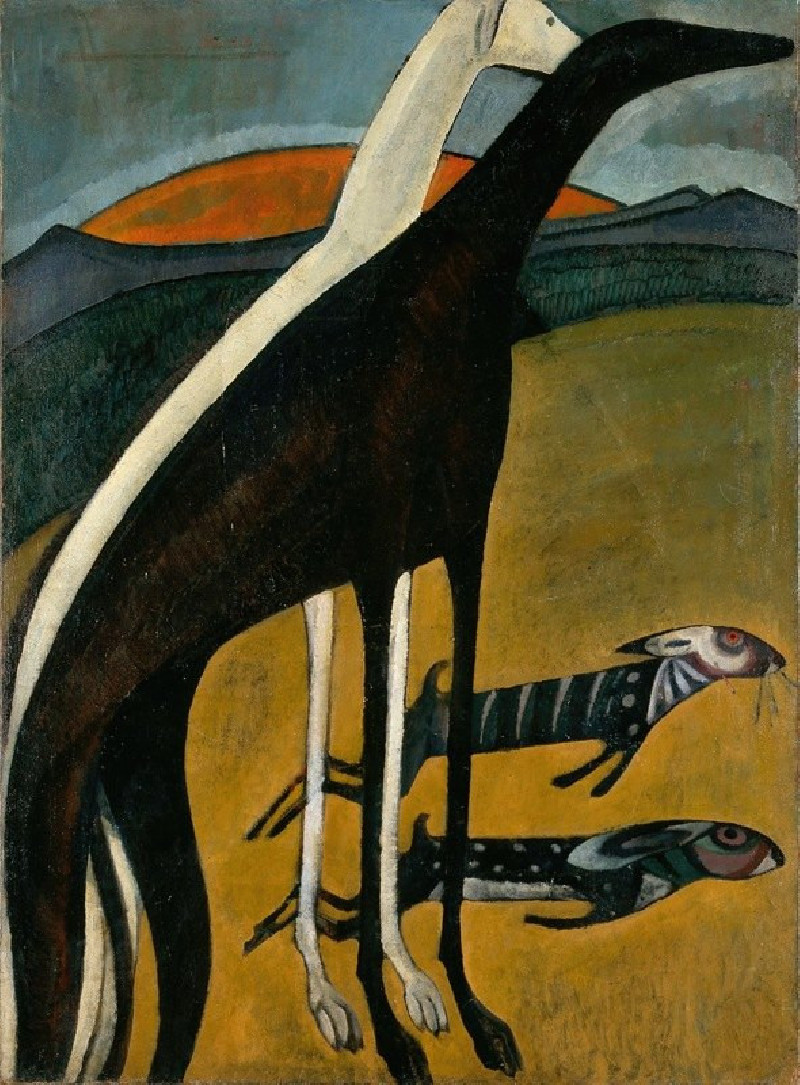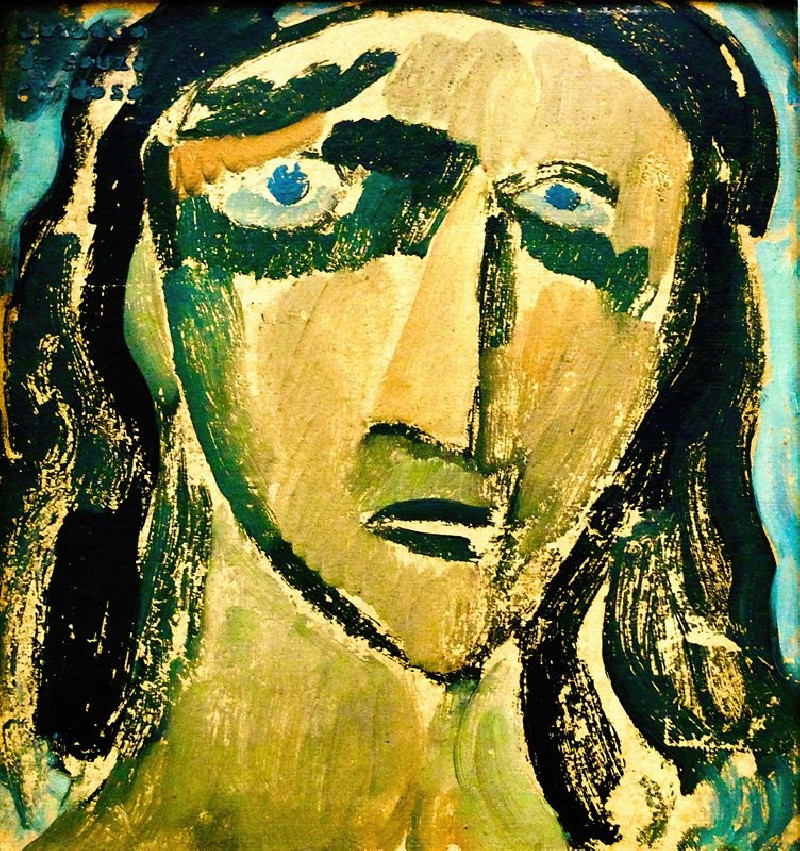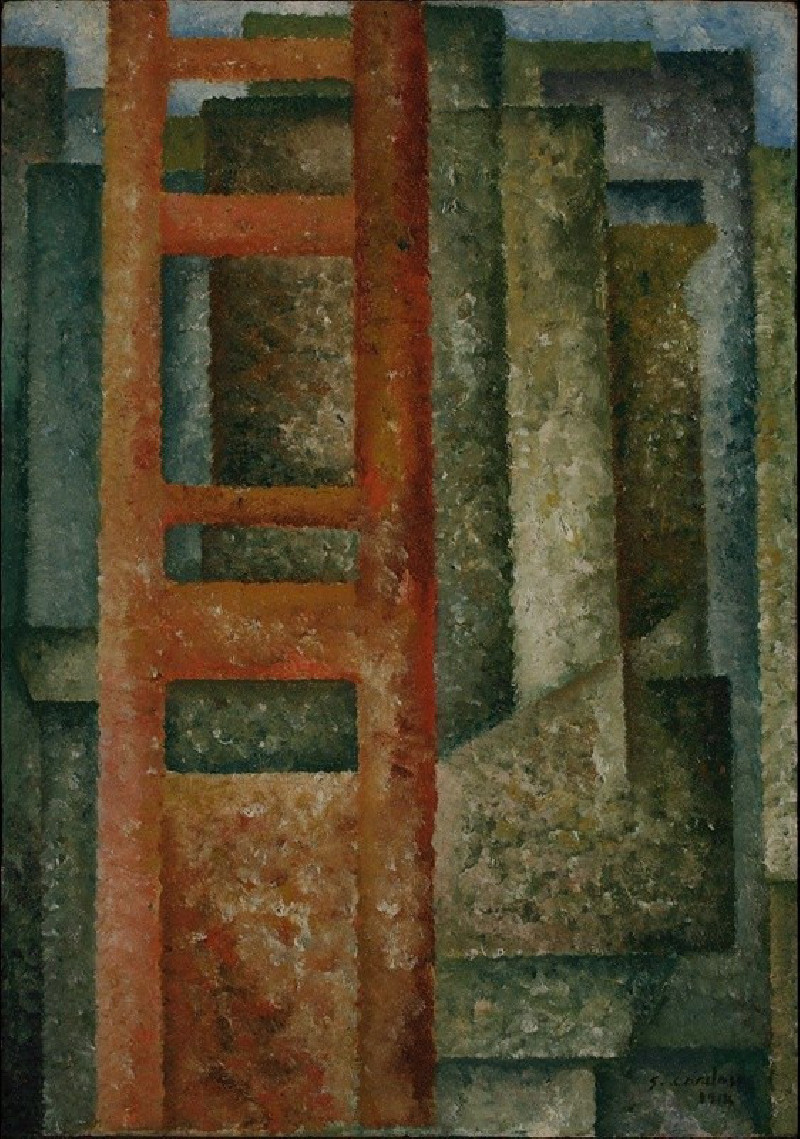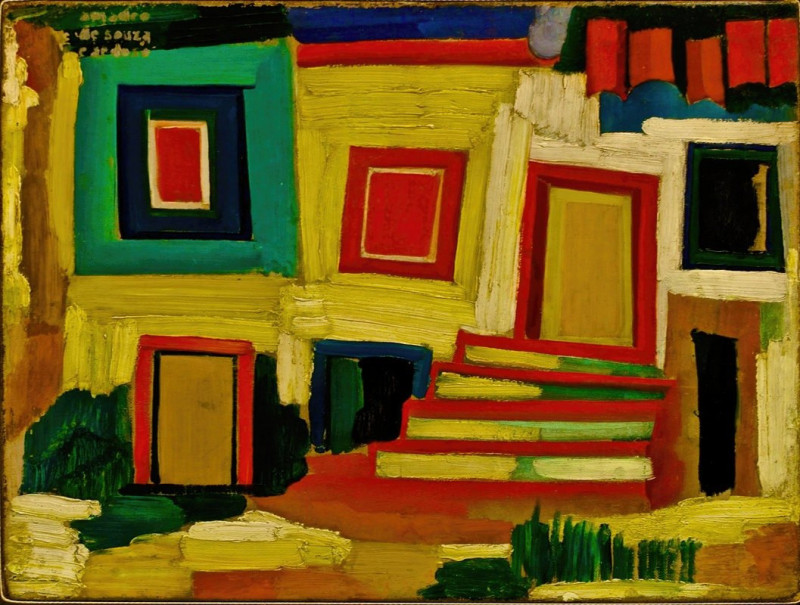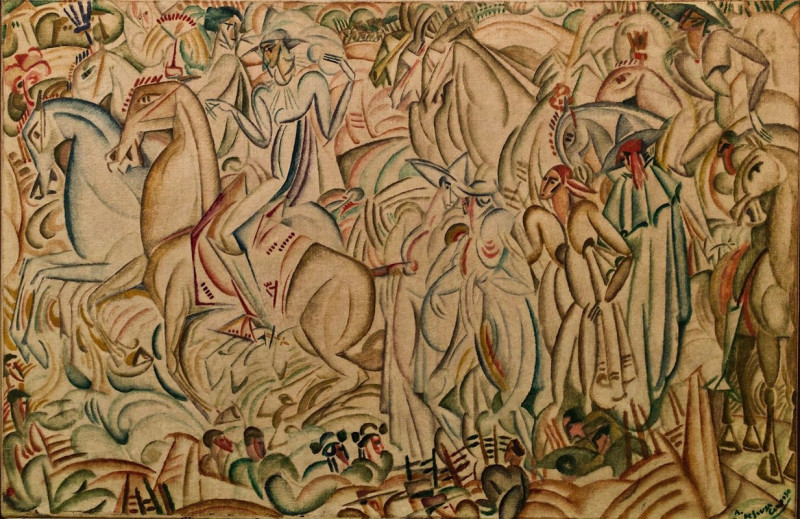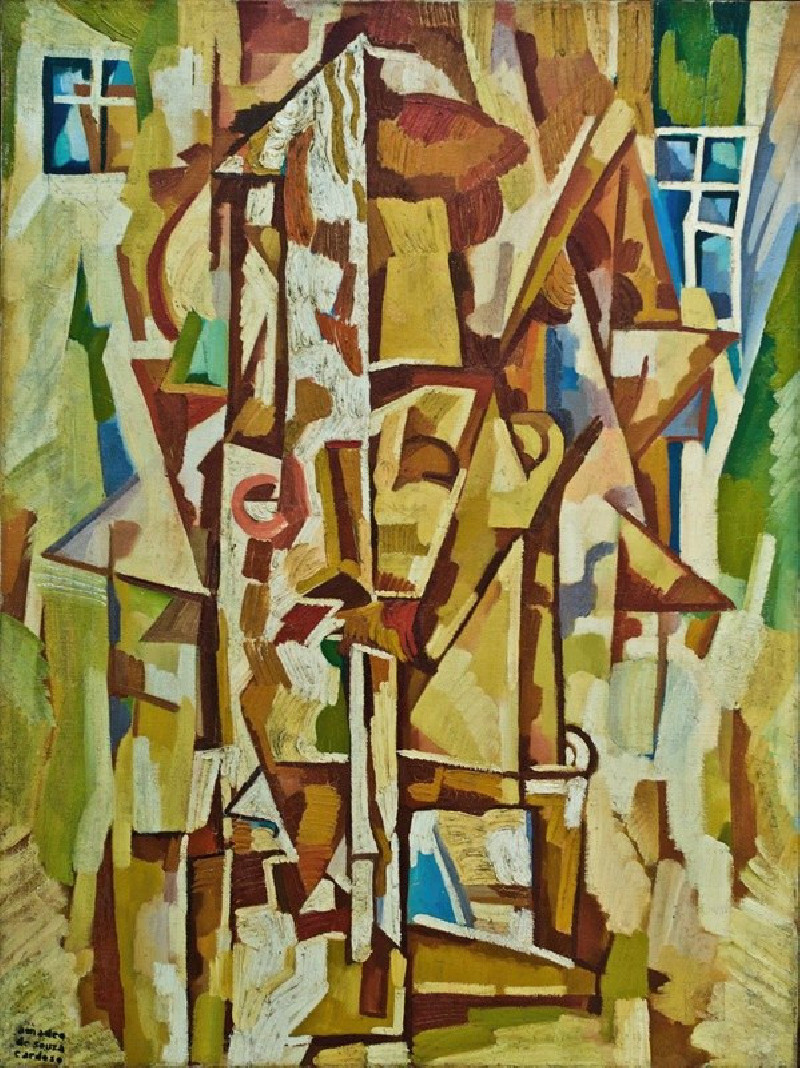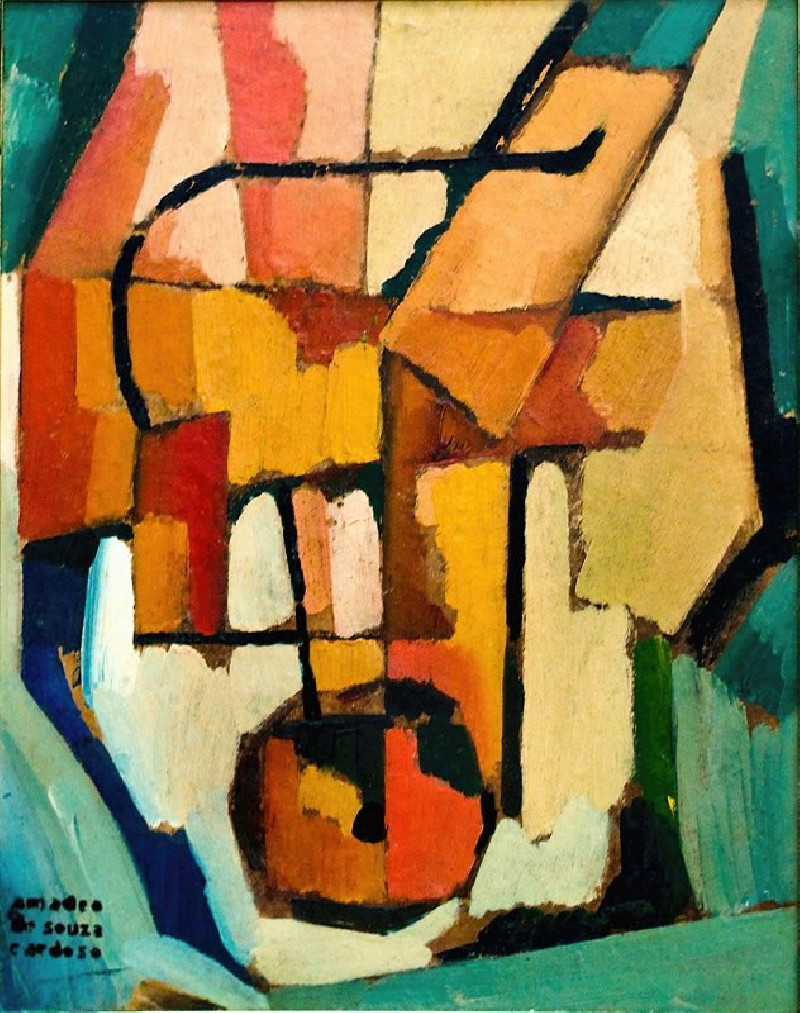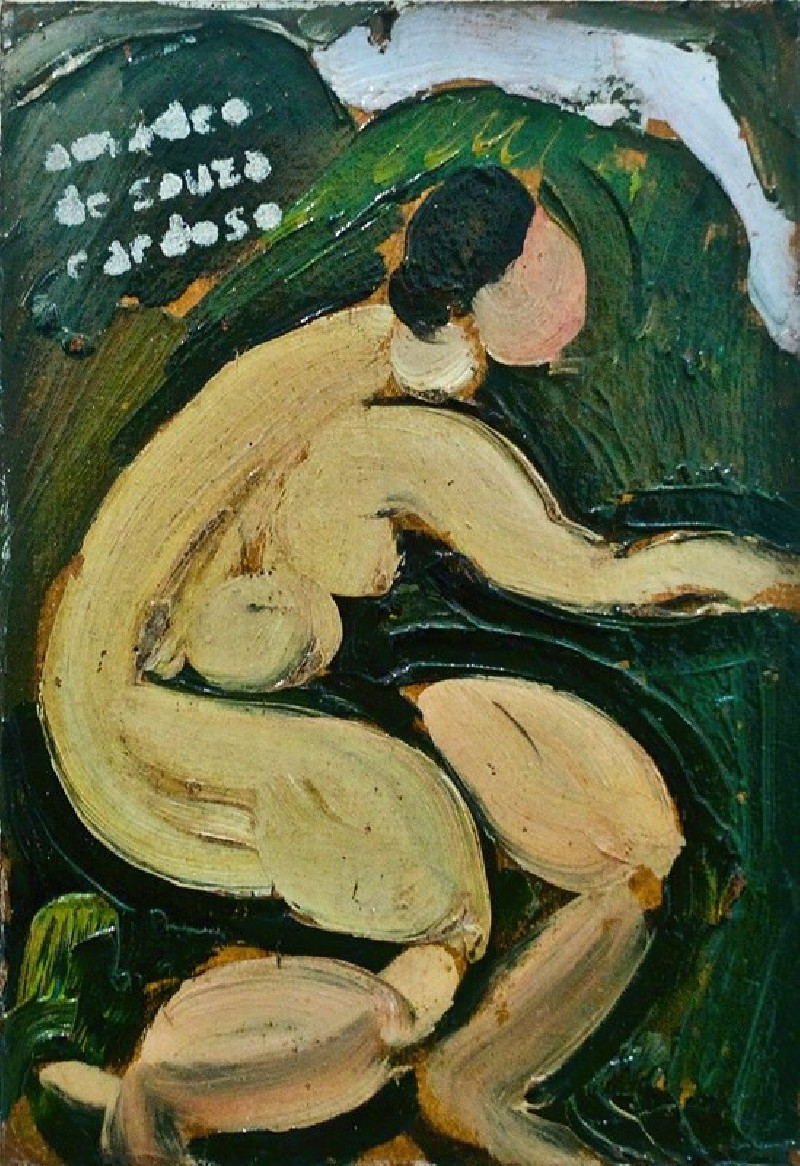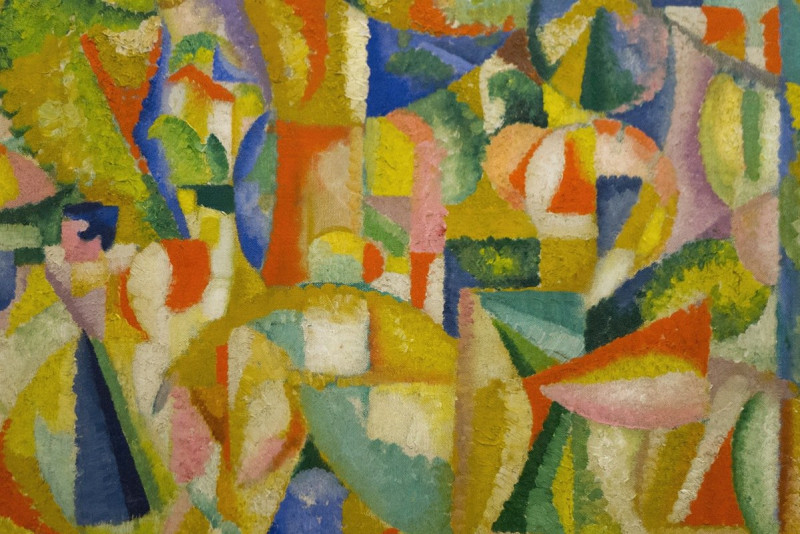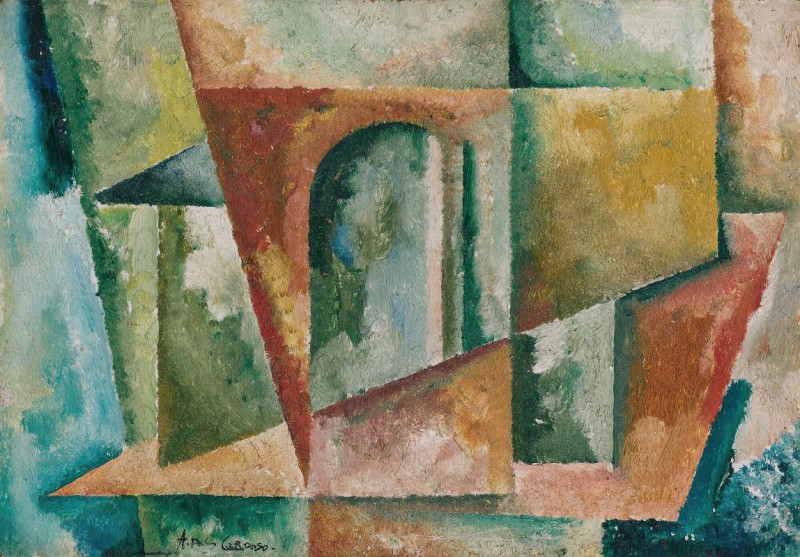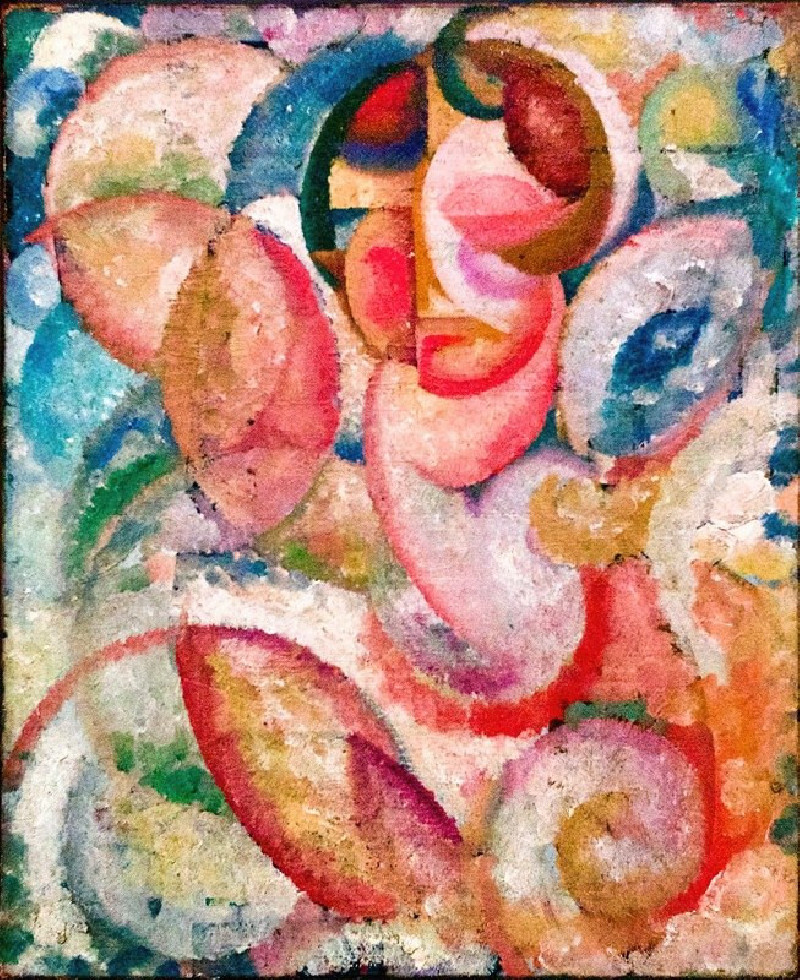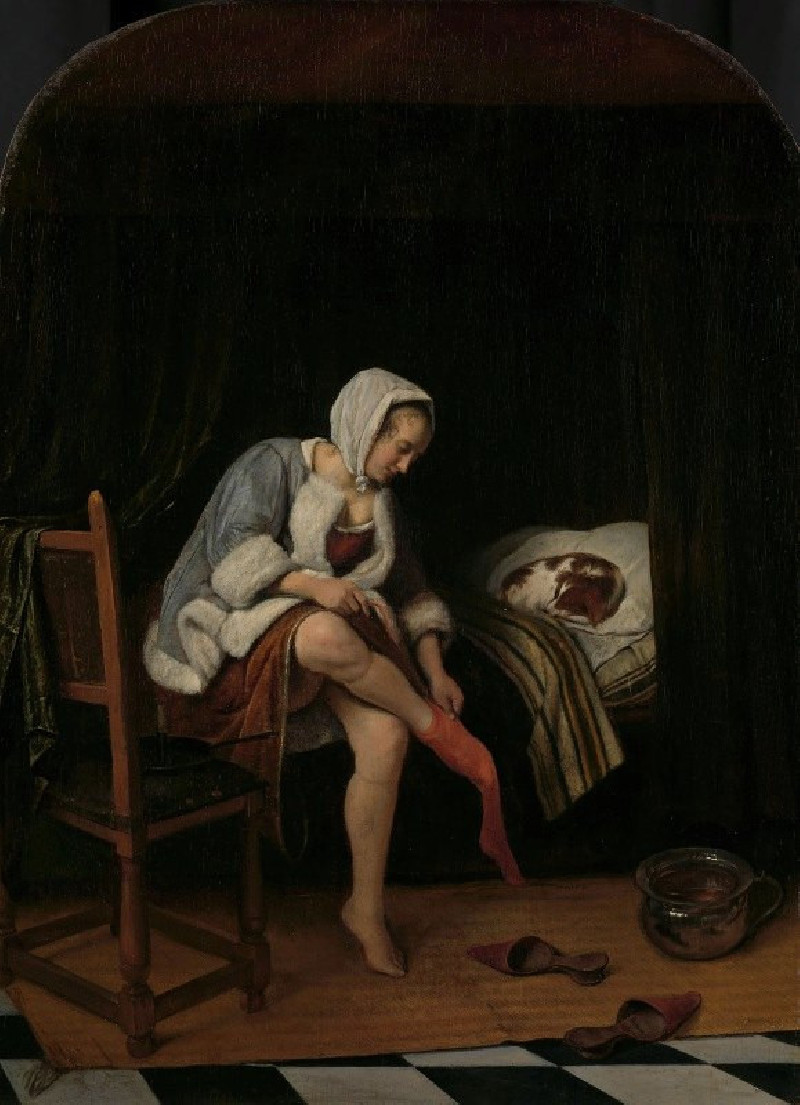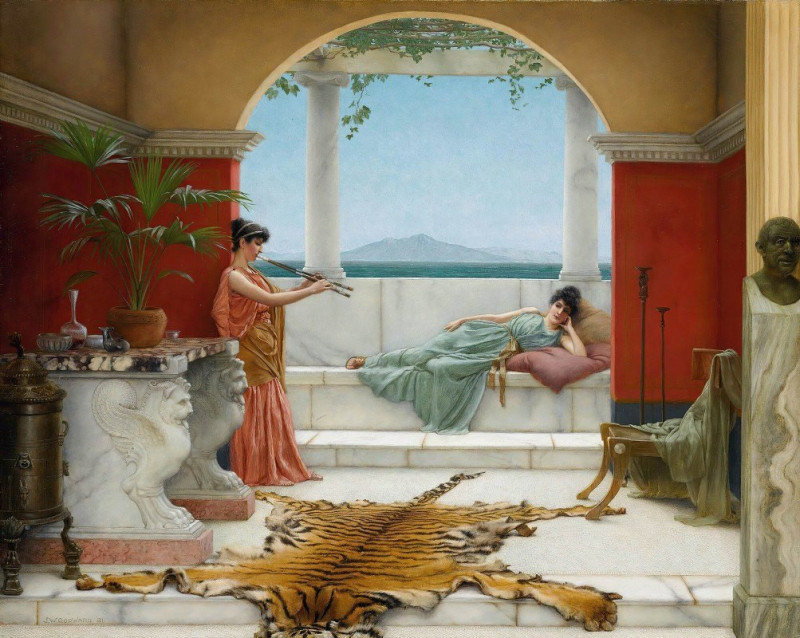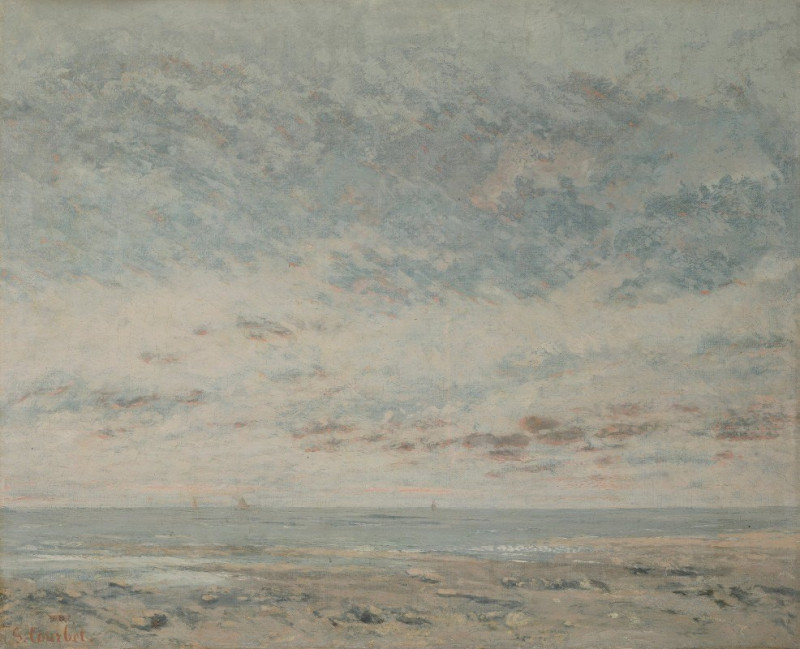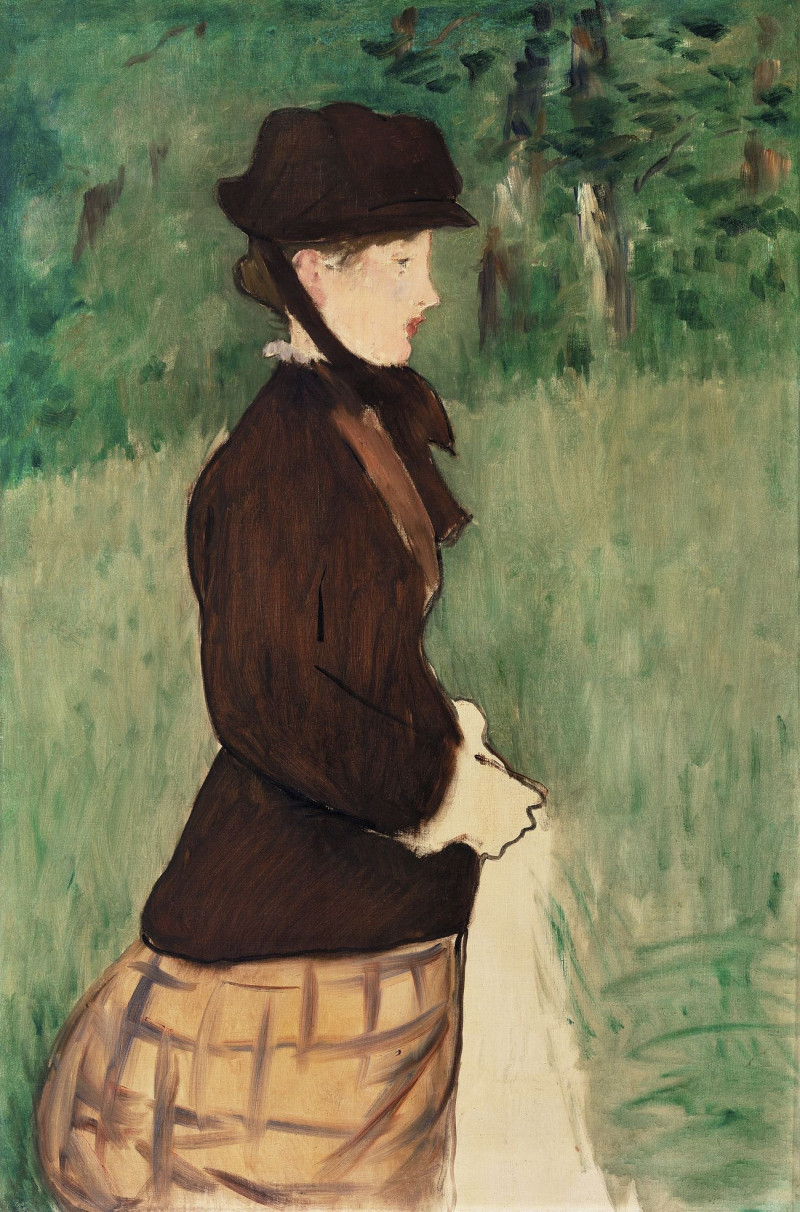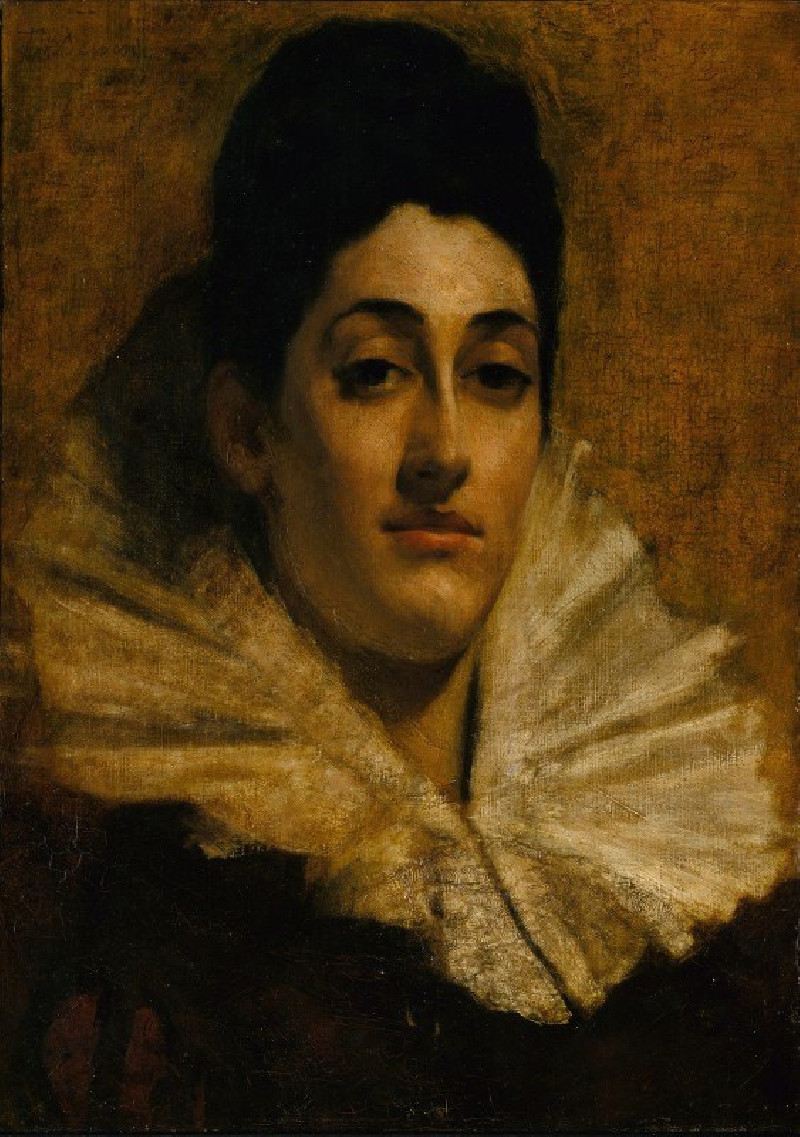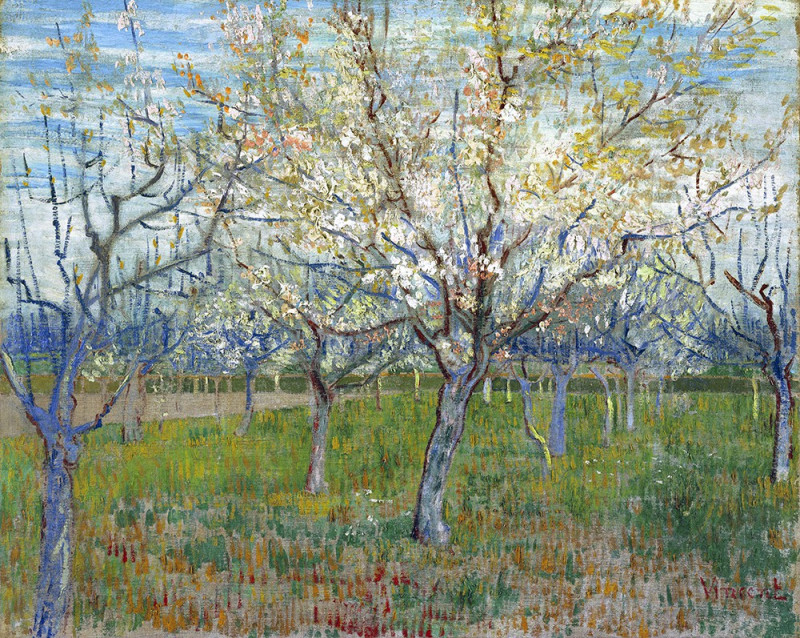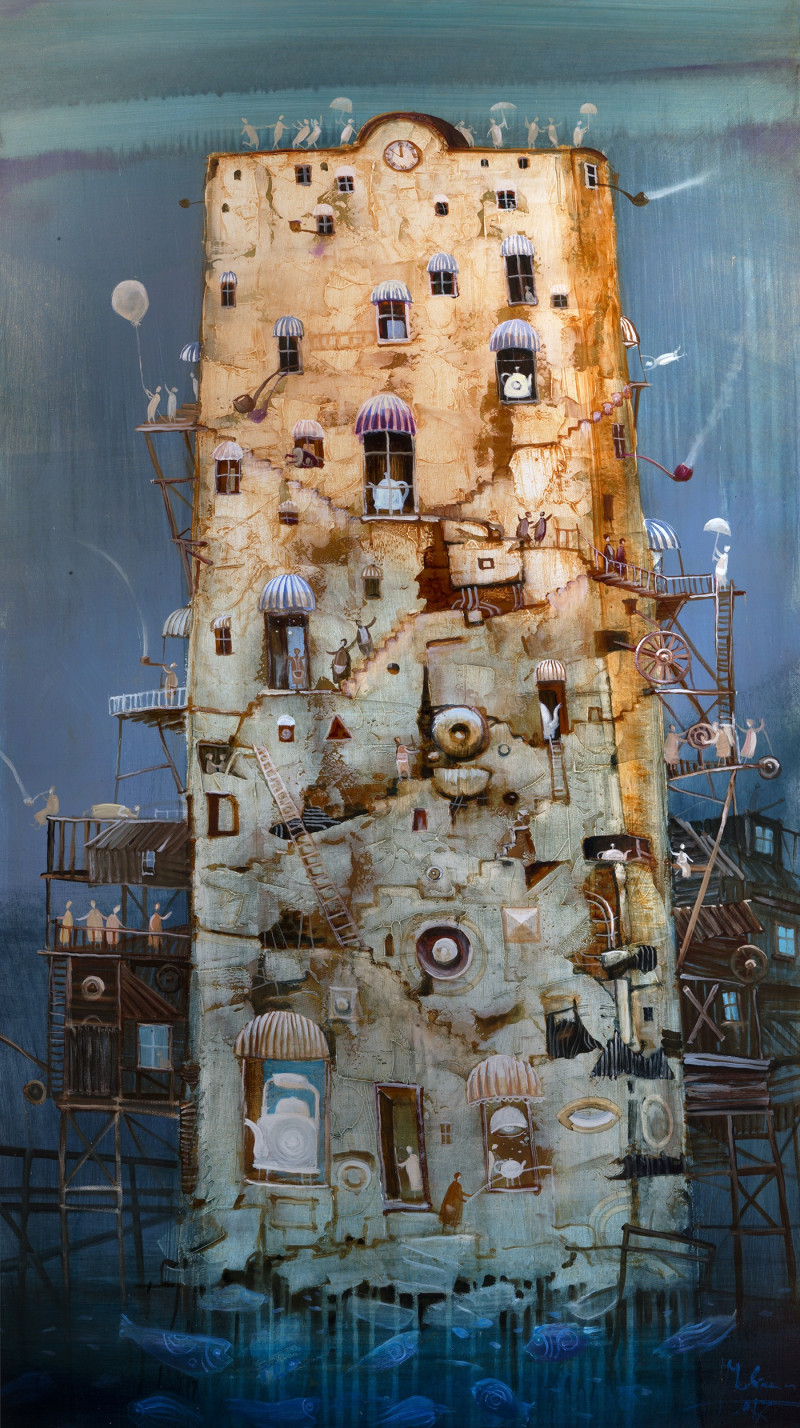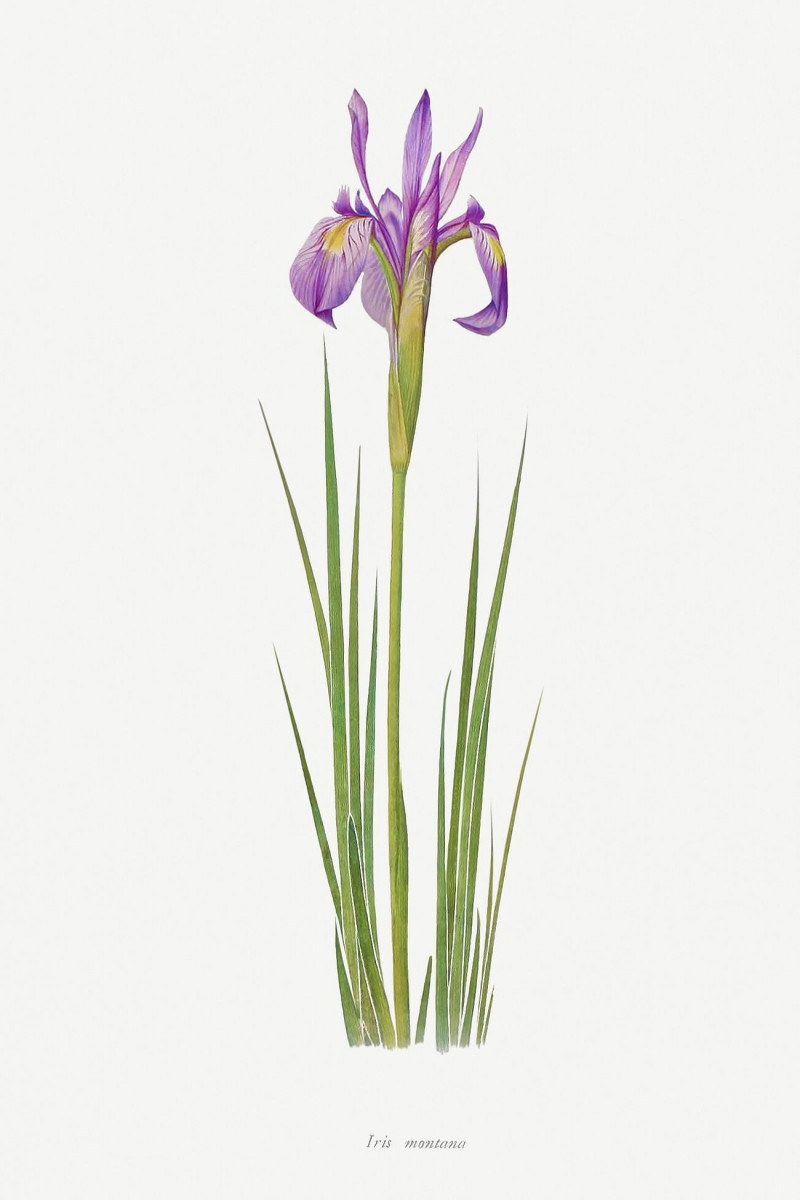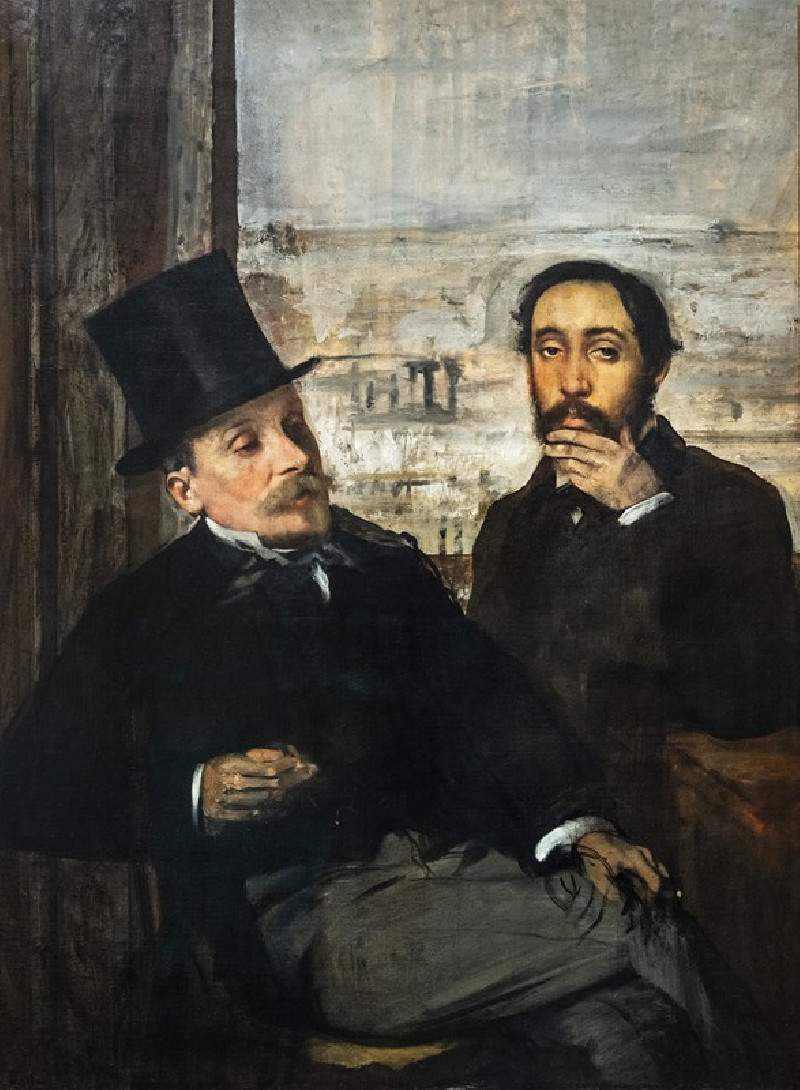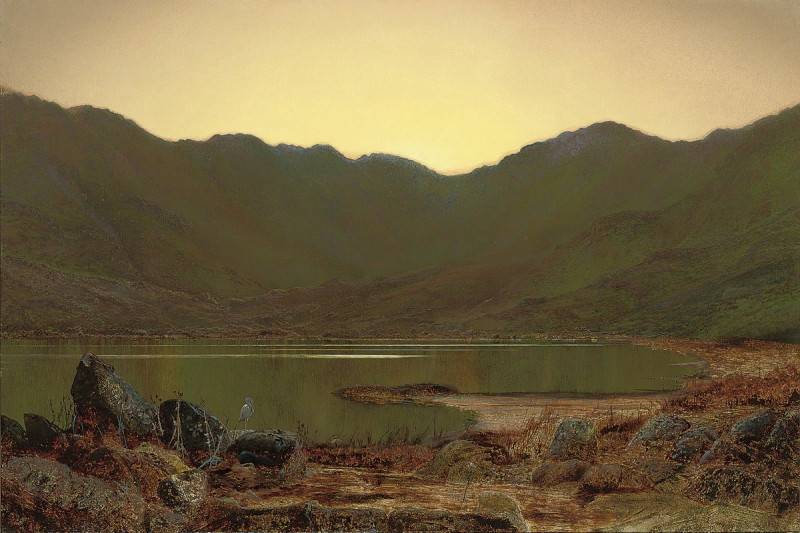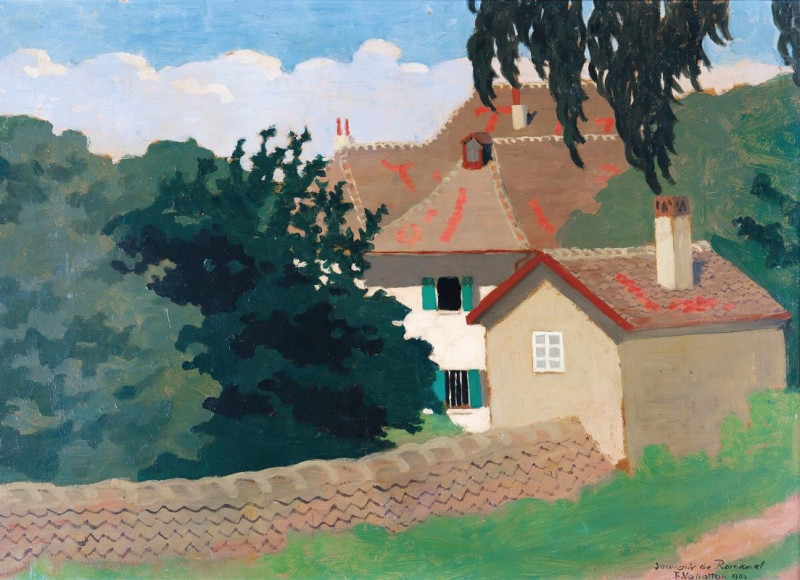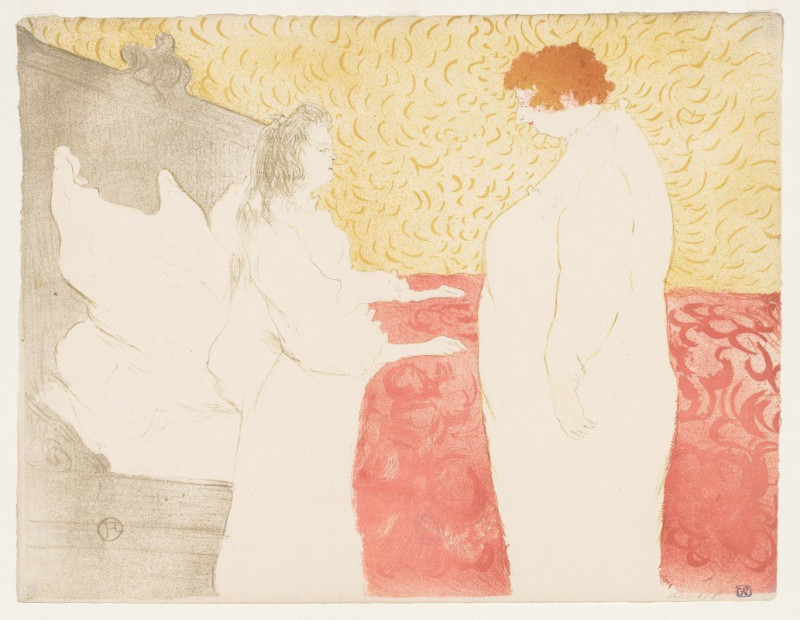Instrument’s Life (c. 1916)
Technique: Giclée quality print
Recommended by our customers
More about this artwork
Dive into the vivid world of Amadeo de Souza-Cardoso through his compelling artwork "Instrument's Life," painted circa 1916. This painting is an exhilarating exploration of color and form, showcasing Souza-Cardoso's unique approach to the burgeoning Modernist movement."Instrument’s Life" is a dynamic composition, where abstracted shapes and vibrant blocks of color vie for attention. The piece is reminiscent of a lively orchestration with a cacophony of musical instruments, perhaps hidden within the abstract forms. Hints of shapes resembling string instruments, piano keys, and wind instruments emerge from the chaos, suggesting a symphony of colors and shapes representing the essence and vitality of musical instruments.The use of bold, contrasting colors and fragmented geometric shapes contribute to a sense of movement, almost as if the painting pulses with its own rhythmic beat. This effective use of color and form encapsulates the Modernist interest in breaking away from traditional representations, aiming instead to capture the essence and inner dynamics of the subject matter."Instrument’s Life" is not just a visual feast; it invites viewers to interpret the scene, encouraging a personal interaction with the artwork. Each viewer might see a different 'instrument' or hear a distinct 'tune' played by the painting's vibrant forms and vivid splashes.Amadeo de Souza-Cardoso's work stands out for its energetic composition and daring use of color, making "Instrument’s Life" a memorable piece that resonates with the revolutionary spirit of early 20th-century modern art.
Delivery
Returns
Amadeo de Souza-Cardoso (14 November 1887 – 25 October 1918) was a Portuguese painter.
Belonging to the first generation of Portuguese modernist painters, Amadeo de Souza-Cardoso stands out among all of them for the exceptional quality of his work and for the dialogue he established with the historical avant-gardes of the early 20th century.

